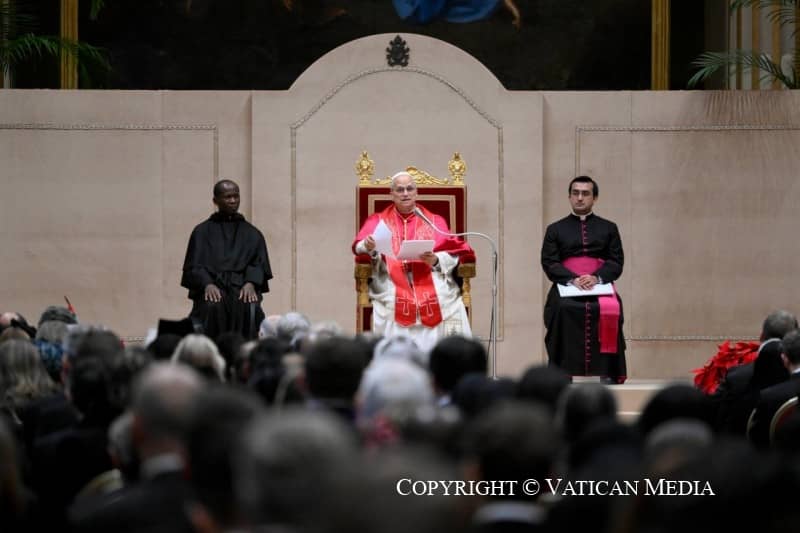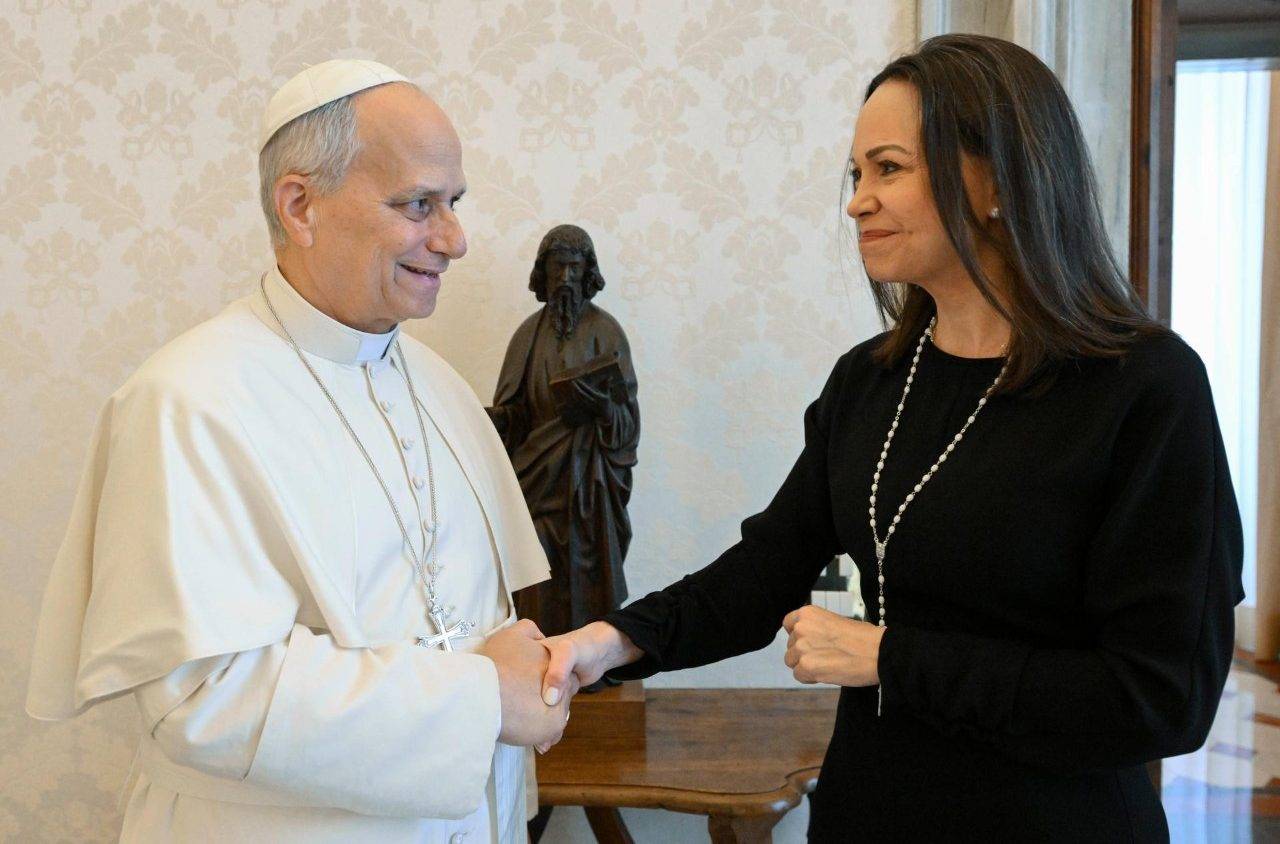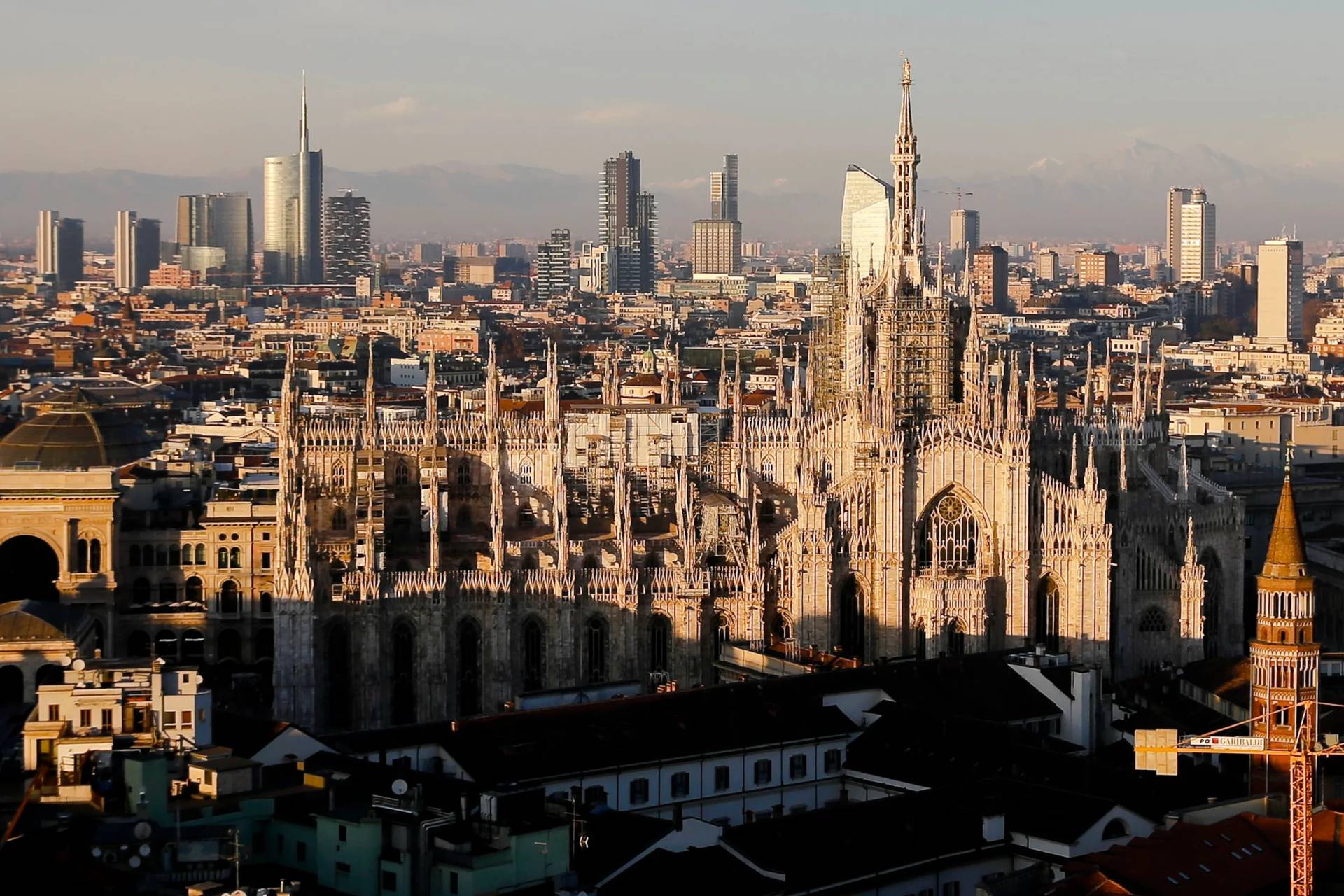Every Christian is called to be a person of prayer. The battle of prayer is real, especially in a secular age that dismisses transcendence, the supernatural, and things beyond what we can control and manipulate. The believer, however, must work through such cultural barriers and work to prayer and encounter God.
As we pray, we are guided into an active conversation with God. Prayer is when we speak to God openly from our hearts and when we slow down and attempt to hear him speak to us. God speaks to his children. He desires to communicate with us. The words he utters are powerful. They are linked to hope, gratitude, love, reconciliation, and peace.
As Christians, we are summoned to converse with God. We are called to pray.
The Catechism of the Catholic Church teaches us: “Christian prayer is a covenant relationship between God and man in Christ. It is the action of God and of man, springing forth from both the Holy Spirit and ourselves, wholly directed to the Father, in union with the human will of the Son of God made man.”
The Church walks with us and wants to assist us as we attempt to pray. Among her many resources and helps are her multiple different prayer methods. Such prayer methods include lectio divina, composition of place, poustinia, the saint method, the examen, the liturgy method, and the rosary.
The rosary is distinguished from the other prayer methods by its endearing place in the hearts of many believers. The rosary employs parts of the composition of place method, but also aspects of the saint method. The rosary is mental and oral prayer. It is prayed with the Blessed Mother. In this way, it resembles portions of the saint method, although there are differences.
The principal difference between the rosary and the saint method is the rosary’s use of oral prayer and its meditative interaction with the Lord Jesus and the Blessed Mother. Whereas the saint method focuses heavily on the saint and then a colloquy with the living God, the rosary is a sustained and constant interaction with the Lord and the Blessed Mother.
The rosary is about walking with the Blessed Mother, seeing her life and that of her divine Son, and seeking to draw closer and deepening in our love for them.
The rosary is a great method for people who are new to prayer. Since the rosary is the most interactive with all our senses – including touch as we move through the beads of the rosary – it appeals to people who are restless and can be a great help to weary or distracted hearts.
The rosary should not be underestimated. There have been those who have dismissed the rosary as a lesser form of prayer. This is argued in part because the rosary is so engaging to the senses and so formally structured. Historically, some have even called the rosary “the peasant’s prayer” and have mocked its simplicity. Such reformers argue that higher forms of prayer are to be learned and practiced by baptized Christians. But such calls for supposedly greater maturity have only led to an abandonment of prayer and a wasteland in the spiritual life of the Church.
The rosary has its revered place in the Church’s spiritual patrimony. It is the “go to” of countless people of every vocation and level of spiritual maturity. The rosary should never be abandoned or presented in an inferior way. It is the crown of Our Lady and is a real, practical method that has helped Christians encounter God, pray, and become saints.
Emphasizing the above point, it is worth balancing the slate and making the opposite but equally valid point, namely, that while the rosary is revered and is a powerful prayer method in the Church, it is not the Church’s only prayer method. There are times in which a person – with no malice toward the rosary – is led to other prayer methods. The soul that desires to pray must go where the Spirit leads it. The Spirit will always have us close to the Blessed Virgin Mary, no matter what prayer method we’re using. The Spirit seeks, through all the prayer methods, to lead us to greater depths and dimensions of the spiritual life. We must always be responsive and go where we are led.
In the spiritual life, the rosary can never be forgotten. As we draw close to the Blessed Mother in our discipleship, so we are to draw close to the rosary in our spiritual lives.
Sign up for the Morning Offering with Father Kirby and receive daily spiritual encouragement sent right to your inbox every morning.















